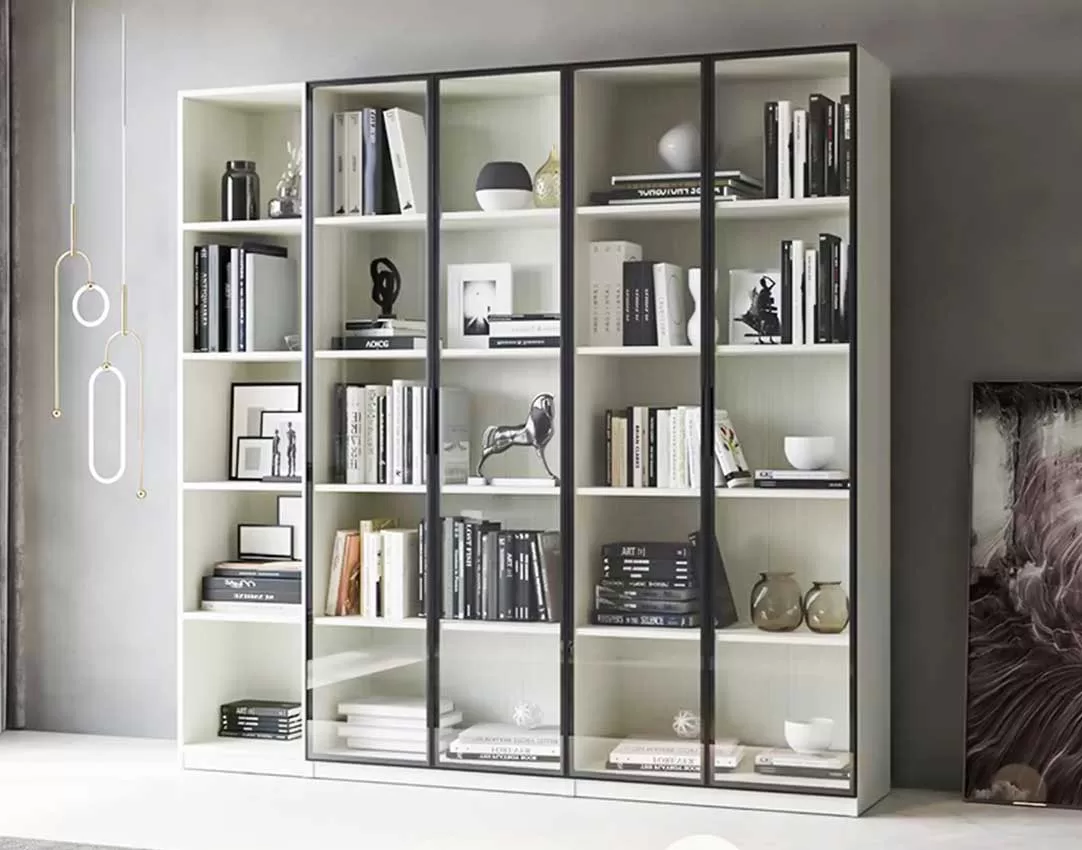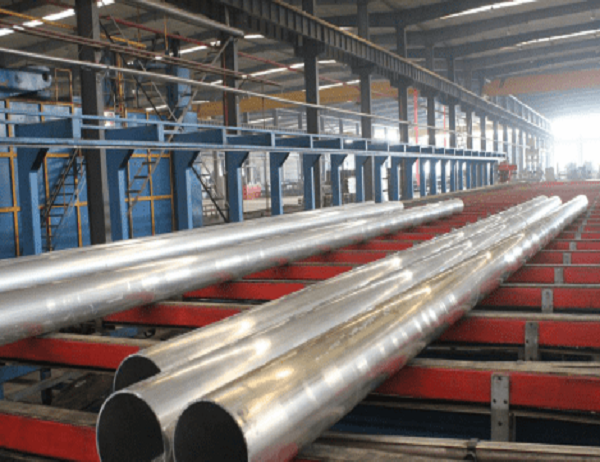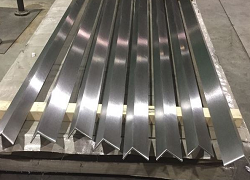In the realm of design and engineering, 100mm aluminum tubes stand out as versatile and robust materials. Their exceptional strength-to-weight ratio, corrosion resistance, and aesthetic appeal make them ideal for a wide range of applications. This comprehensive guide will delve into the myriad ways to incorporate 100mm aluminum tubes into your design projects, empowering you to unlock their full potential.
100mm aluminum tubes boast exceptional structural integrity, making them suitable for load-bearing applications in various industries. Their high strength-to-weight ratio allows for lightweight and durable designs without compromising performance. These tubes can withstand significant bending and compressive forces, ensuring the stability and longevity of structures in sectors such as construction, automotive, and aerospace.
Furthermore, aluminum tubes possess excellent fatigue resistance, maintaining their structural integrity even after repeated loading and unloading cycles. This quality is crucial for applications where components experience dynamic stresses, such as bridges, wind turbines, and military vehicles.
Aluminum tubes are renowned for their exceptional corrosion resistance, making them ideal for use in harsh environments or applications where exposure to moisture or chemicals is unavoidable. The natural oxide layer that forms on the surface of aluminum acts as a protective barrier, preventing oxidation and deterioration. This property makes 100mm aluminum tubes ideal for marine applications, chemical processing equipment, and outdoor structures that require long-term durability.
Beyond their functional capabilities, 100mm aluminum tubes offer a sophisticated and modern aesthetic appeal. Their sleek and cylindrical shape lends itself to a variety of design concepts, ranging from minimalist to industrial. The natural silver finish of aluminum complements various color schemes and materials, allowing for seamless integration into any design scheme.
Additionally, aluminum tubes can be anodized or powder-coated to achieve specific colors or textures, further enhancing their aesthetic versatility. Designers can leverage this customization option to create visually striking and cohesive designs that meet aesthetic and functional requirements.
100mm aluminum tubes find applications in a diverse range of industries and sectors, owing to their unique combination of properties. Their structural integrity makes them ideal for use in load-bearing structures, such as scaffolding, bridges, and towers. Their corrosion resistance makes them suitable for marine applications, chemical processing equipment, and outdoor lighting fixtures.
Furthermore, their aesthetic appeal and versatility make them popular in furniture design, interior decor, and architectural elements. Designers can utilize 100mm aluminum tubes to create stylish and functional pieces, ranging from tables and chairs to decorative accents and architectural cladding.
To effectively incorporate 100mm aluminum tubes into your design projects, it is essential to consider several key factors:
Load Capacity: Determine the load-bearing requirements of your design and ensure that the tube’s strength and wall thickness are adequate to withstand the anticipated forces.
Corrosion Resistance: Select the appropriate grade of aluminum alloy based on the expected exposure to corrosive elements.
Aesthetic Integration: Consider the surface finish, color, and texture of the tube to ensure it complements the overall design concept and meets aesthetic preferences.
Fabrication and Installation: Plan for the necessary fabrication and installation techniques, such as cutting, bending, and welding, to achieve the desired shape and configuration.



